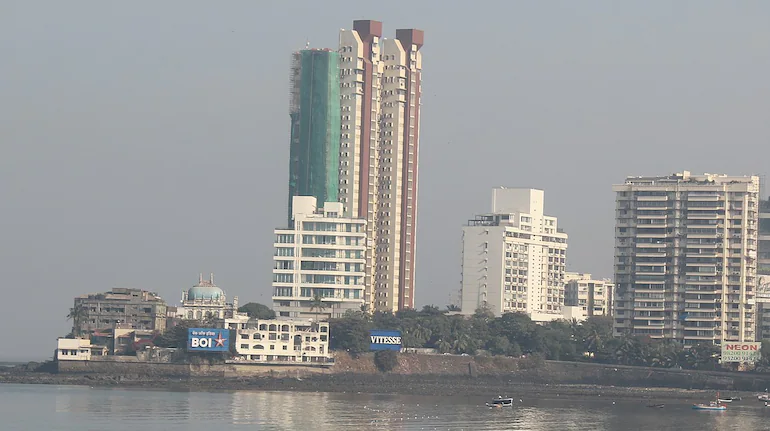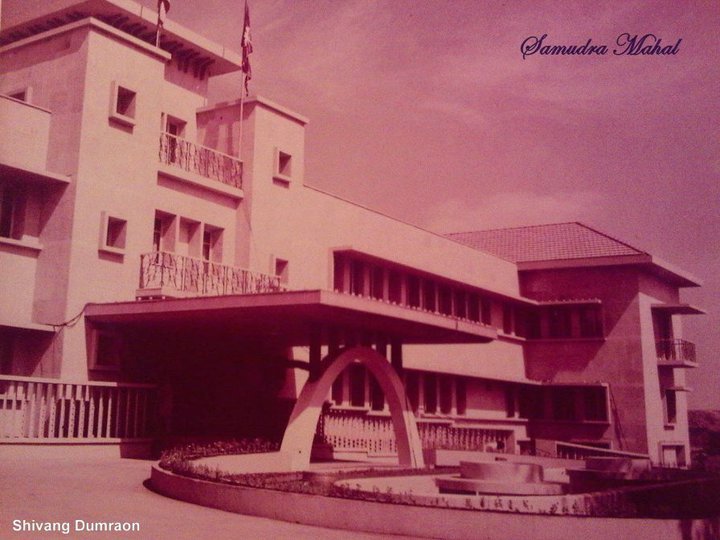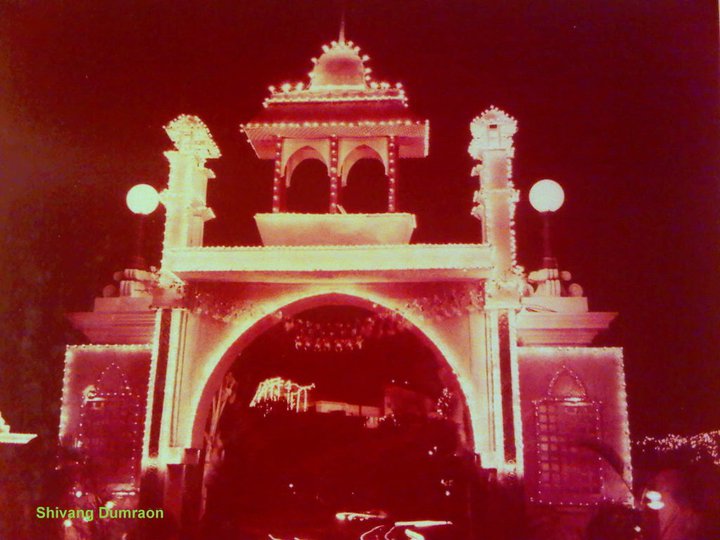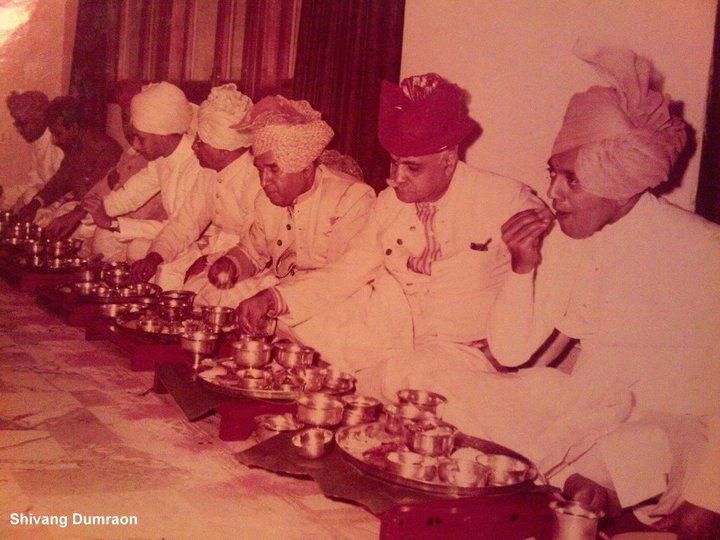Search
CTRL+K
Search
CTRL+K
Samudra Mahal, a renowned building in Worli, Mumbai, is home to both highly respected and infamous Indian businessmen. The building, which offers unobstructed views of the Arabian Sea, includes apartments owned by tech tycoons Narayana Murthy and Nandani Nilekani, legacy business magnates from the Jeejebhoy and Wadia families, metals baron Anil Agarwal, and disgraced businessmen Rana Kapoor and Nirav Modi. This ‘by invitation’ project was re constructed in 1973 and was one of the first of its kind in India.
Shivang Vijay Singh from Dumraon, who is the great grandson of Rajmata Vijayaraje Scindia of Gwalior, shared some photographs that unveil the lavishness of Samudra Mahal – one of the most extravagant and costly residences in the city. Samudra Mahal was originally a magnificent palace constructed by the powerful Scindia family of Gwalior.

During the early 1900s, Maharaja Madhavrao Scindia I made smart investments with the financial surplus of his State into multiple industries located in Bombay. Due to his involvement in business activities in Bombay and frequent consultations with his financial advisor, Sir Framroze Eduljee Dinshaw, the Maharaja concluded to get a local residence in Mumbai far from Gwalior. He obtained a plot of land that was situated in a stunning location along the shoreline in Worli, which covered an area of 20 acres. The land was purchased from the Aga Khan.


John Ritchie, the State architect of Gwalior, left a remarkable legacy with his design of a grand modernist palace. Constructed with the best quality teakwood, Carrara marble, and Bohemian chandeliers, the palace boasted of an impeccable architecture. The exterior was adorned with perfectly maintained lawns, fountains, and flower beds. The estate was equipped with numerous amenities like a club house, swimming pool, tennis courts, gym, staff quarters, and stables, making it a complete package of luxury and comfort. Ritchie’s masterpiece was a symbol of opulence and grandeur, and it continues to inspire awe and admiration even today.

Maharaja Madhavrao Scindia’s love for his Samudra Mahal was expressed in his will in 1925, where he wished for it to always remain in the family and never be sold. His son Jiwajirao Scindia, who was renowned for being one of the largest racehorse owners in India, continued to use the palace as a “home away from home.” Located just across the road from the Bombay racecourse, Jiwajirao would spend the entire racing season in the city between November and March, with a vast army of supporting staff arriving by rail and road. The palace would transform into a mini Gwalior, with all of its grandeur, and over fifty cars would arrive with provisions for four months. The Maharaja’s permanent staff already in Bombay would assist in providing a luxurious experience for him and his guests.

Samudra Mahal, once a magnificent residence and honeymoon destination for Jiwajirao and Vijayaraje, was later used by their son, Madhavrao Scindia II, on his visits to Bombay. Even Padmavatiraje’s grand marriage to the Maharaja of Tripura was hosted here. However, with the onset of Independence and the abolition of princely states, the Royal family found it hard to hold on to the estate. Despite much unrest and local interference, Rajmata Vijayaraje Scindia sold Samudra Mahal for a nominal price in the 1960s. Today, a group of skyscrapers, including Samudra Mahal, stand on the once-grand estate, and all that remains are memories of Bombay’s opulent and grand residence, a few photographs, and the name “Palace by the Sea.”
© Gwalior Plus. All rights reserved.